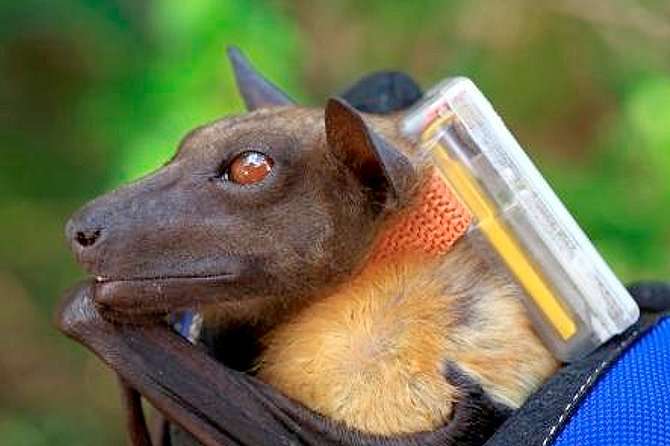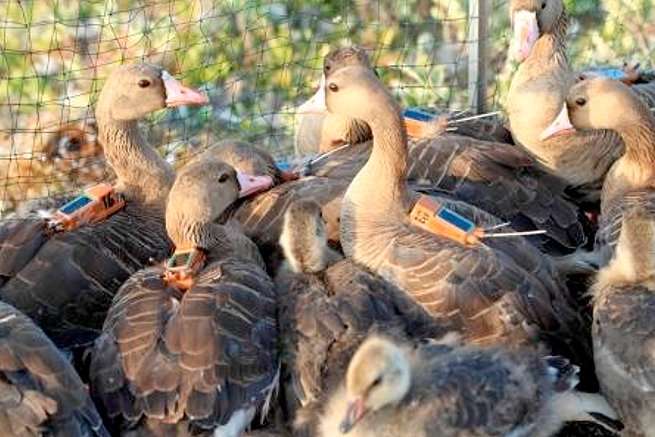Space Station safari's ultimate wildlife research vantage point

What do bats, birds, sea turtles and even primates have to do with the International Space Station? Scientists want to use the orbiting laboratory's spectacular view to track creatures on our planet and learn more about their behavior.
A new investigation planned for the space station is leveraging observations from on high to help track animals, the results of which could improve the safety and health of animals and people around the world. The ICARUS Initiative (International Cooperation for Animal Research Using Space) is establishing a remote sensing platform of satellites with the space station as a central hub, providing scientists with a tool to track the migratory patterns of small animals on a global scale.
ICARUS is a globally collaborative effort, receiving support from ESA (European Space Agency) and Roscosmos (Russian Federal Space Agency) and involving scientists studying animals from across the zoological spectrum.
Billions of animals travel great distances every year. Some even migrate between continents. As a scientist, it can be difficult to track individual animals in a flock or group during these migrations.
"For example, bird migrations are a mind-blowing phenomenon," said Meg Crofoot, Ph.D., an anthropologist at the University of California in Davis and an executive board member of ICARUS. "Despite more than 100 years of systematic research, we don't know the routes many of these species take, where they stop along the way or even how often they survive the arduous journey. Understanding the individual decisions made by these animals can provide insight on the behavior and evolution of animals in the wild and perhaps even assuring their continued existence."
Current technology allows only for larger animals to be tagged and tracked. With advances in smaller devices performing the same function, individual animals in flocks or groups can be tagged with microchips or small black boxes and tracked from space using global positioning satellites providing information to customized satellites. When the ICARUS hardware is delivered and installed in the Russian segment of the space station in 2016, it will act as a data hub, collecting all this information and providing a central location where it is transmitted to the ground and allowing researchers to recover the data no matter where the animals or scientists may travel.

"Results from this investigation could provide answers to so many questions," Crofoot said. "Not just for nature conservationists, but also for those studying the impacts animals have on the human population."
Many flying animals are responsible for seed dispersal around the world. Tracking them could help scientists determine how certain plants are established in different geographic regions. These same creatures can carry diseases easily passed to humans. Understanding migration patterns may answer environmental science questions affecting human health including the spread of infectious disease. Further analysis could determine the effect climate change may have on migration routes and patterns.
Air travelers may be safer because ICARUS information will help in tracking and predicting the flight paths of birds and prevent airline collisions with them. Identifying stop-over or wintering sites for endangered species also could promote survival of these animals.
Most data from the tracking network will be posted to an online data repository called Movebank. It will have visualization and analysis tools for conservationists and scientists including remote sensing data of weather patterns. Crofoot said the idea was to make the information widely available for collaborators in government, academia and industry to help build policy to protect our environment.
"Part of what makes this study so important is the collaborative nature of the project," said Crofoot. "The ability to go from watching only a handful of species to dozens on a global scale is exciting. It has been tremendously rewarding to team with a group of highly diverse scientists working toward the same goal."
Using the space station and its coverage of practically the entire world, scientists hope ICARUS will provide information on life, death, behavior and the vital functions of animals on our planet.
Provided by NASA




















